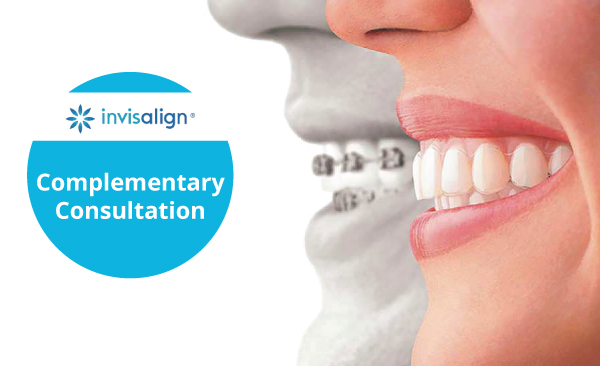If you find yourself longing for straighter teeth and a more attractive smile, take comfort in knowing you’re not alone. Long before there were such things as Invisalign or even a dentist in waterdown, there were people with enough concern for the appearance of their teeth that they attempted to alter their positioning themselves. Egyptian mummies have been discovered with catgut wrapped about their teeth in a manner much like modern orthodontic braces. In 50 AD, Aulus Cornelius Celsus, a Roman who wrote about medical issues, documented efforts to align teeth with finger pressure, applied at regular intervals throughout the day.
Historically, straight teeth have been such a concern that the first “modern day” braces were invented prior to the first synthetic toothbrush. That was in 1728, at a time when there were yet to be dental offices, and braces were made of precious metal that fitted over the teeth much as Invisalign braces do today. They were held in place with strands of silk or waxed linen. These early braces continued to evolve and were fashioned not only from precious metals, such as gold, silver and copper, but also from more common materials like wood, and even ivory.
Today, a Waterdown dentist, with all the sophistication of modern orthodontia at his disposal, will assess his patients’ specific needs and design a protocol to precisely correct any number of problems, including overjets (“buck” teeth), underbites, crossbites, gaps, crowded crooked teeth, etc. As one might expect with patients concerned about the appearance of their teeth, many prefer their orthodontia to be as inconspicuous as possible. Depending upon the patient’s teeth and desires, your waterdown dentist will choose from traditional metal braces, ceramic braces (which are available in clear as well as opaque materials), lingual braces (which attach from the back of the teeth), and Invisalign braces to create a perfect smile.
Invisible braces, such as those that attach from behind, or Invisalign braces, are preferred by many patients, particularly adults. Although the stigma is gradually fading, many adults, particularly those in the corporate world, would prefer not to draw attention to any imperfection.
When wearing traditional braces, certain foods, such as sticky candies, popcorn, corn on the cob, etc. are off limits because of their potential to damage one’s braces. Invisalign braces are made of clear plastic. They slip over one’s teeth, completely covering them. The wearer has complete control, and can remove them to eat certain foods, to brush his or her teeth, etc. Invisalign costs a bit more, but most people consider them to be well worth the money.




